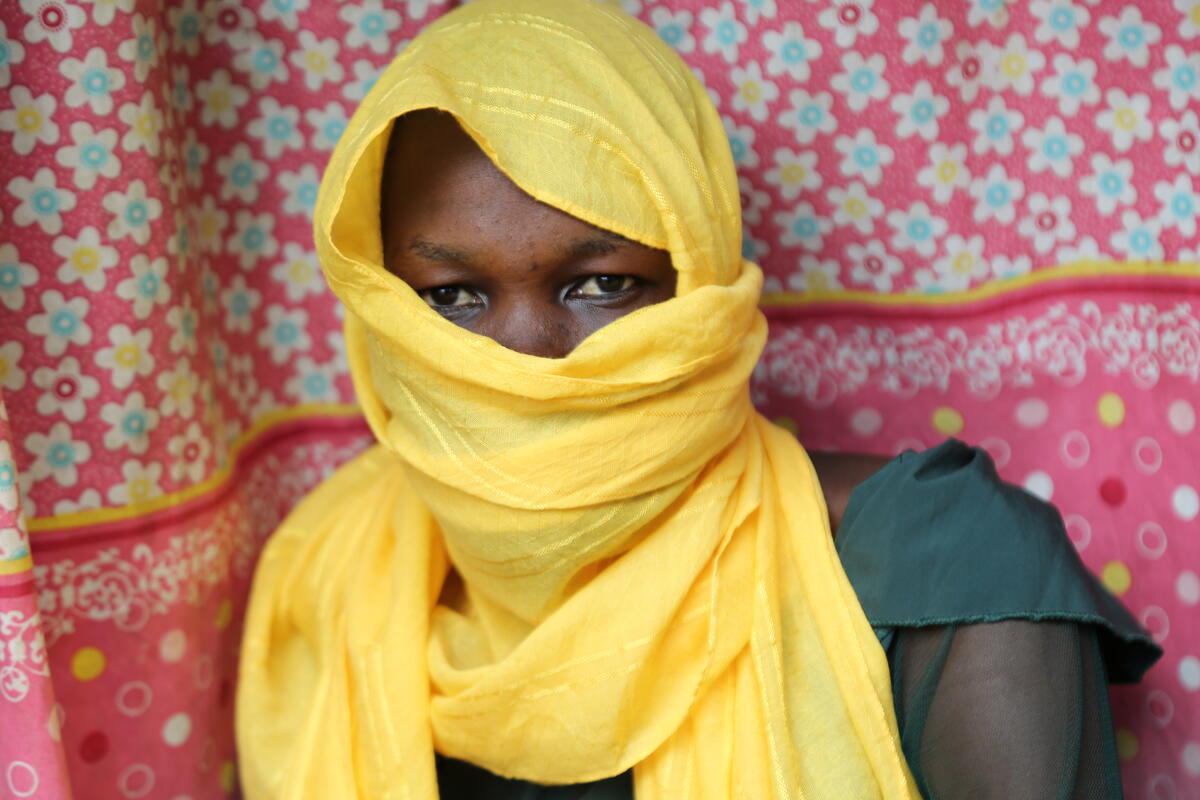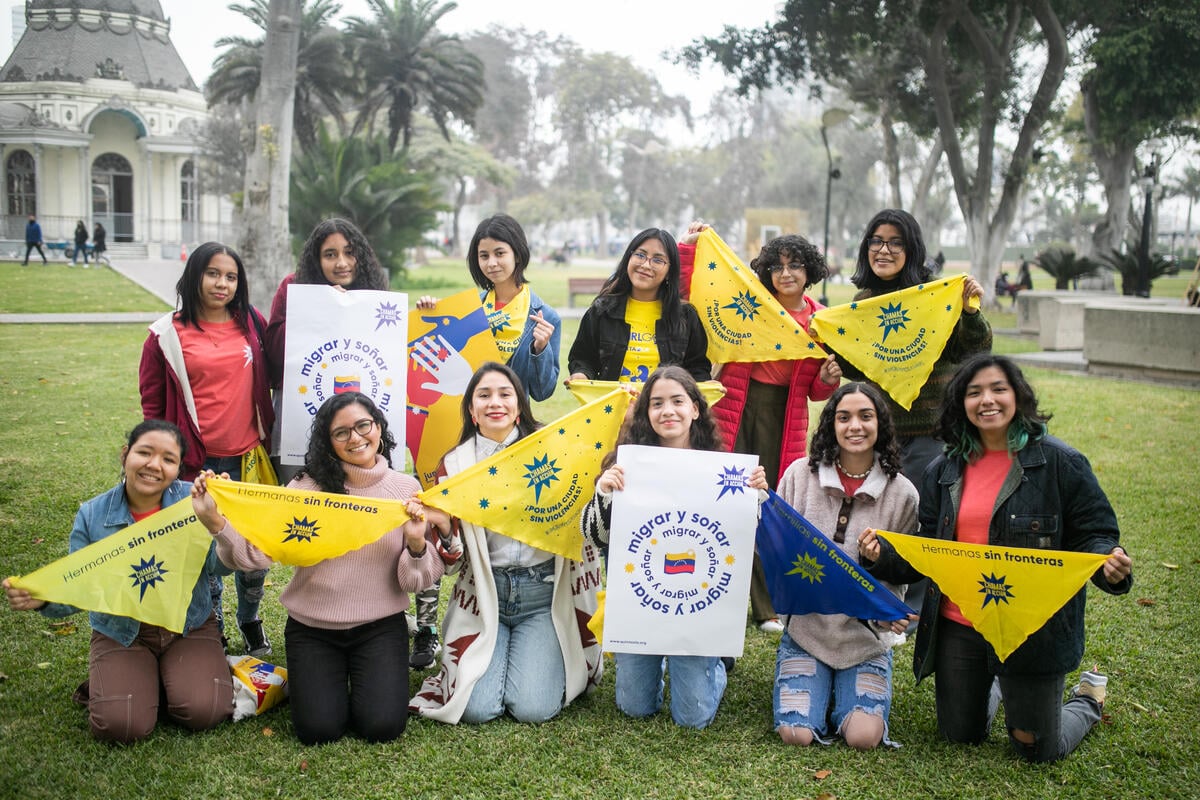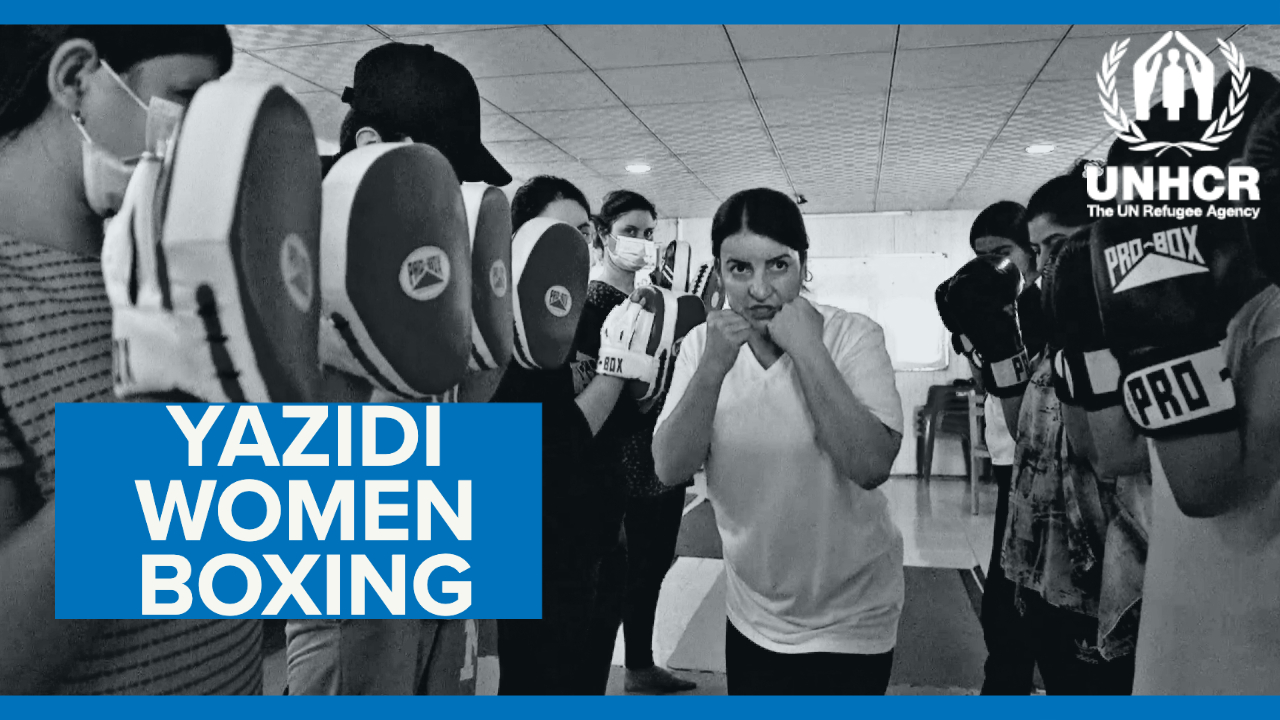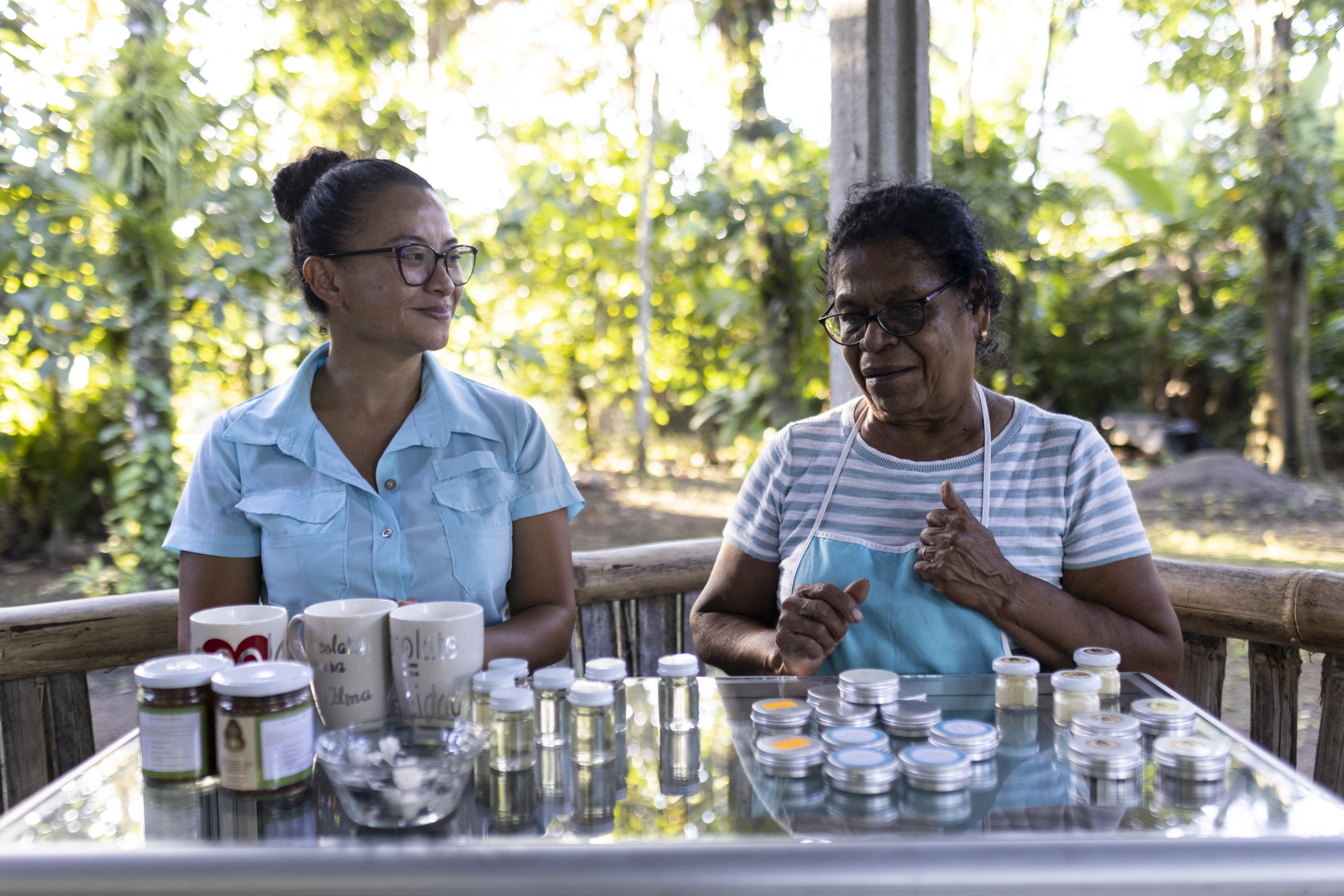Afghanistan/Pakistan: 'The Scourge of Narcotics'
Afghanistan/Pakistan: 'The Scourge of Narcotics'
The massive increase in opium production in Afghanistan, coupled with the growth in drug trafficking and drug abuse, has prompted the Afghan refugee community in Pakistan to launch an awareness campaign.
An exhibition titled "The Scourge of Narcotics" and designed by Afghan students opened at the American Centre in Islamabad yesterday (7 March). The exhibition, jointly sponsored by UNHCR and United Nations Drug Control Programme (UNDCP), features 87 posters painted by refugee women and children, which display the deadly effect of drug abuse and portray the agony it has inflicted on the community.
The posters were produced by the Educational and Artistic Consultative Association for Refugees (EACAR).
According to UNDCP, Afghanistan is not only the largest producer of opium but is also becoming a major manufacturer of heroin, which is contributing to a rise in addiction throughout the Southwest and Central Asia region. In 1998, Afghanistan produced 2,102 metric tons of dry opium. In 1999 production had risen to a record 5,070 tonnes - about 75% of the global yield.
While much of the raw opium is for export, a growing amount finds its way onto the local and regional market. The number of heroin addicts in the region exceeds that of Western Europe and is increasing, affecting the refugee community.
In Pakistan, UNDCP says New Akora refugee camp in the North West Frontier Province is one such location where there is a demand for opium. The camp, which was established in 1996, hosts some 36,000 Afghan refugees. Most of the addicts found here are women.









